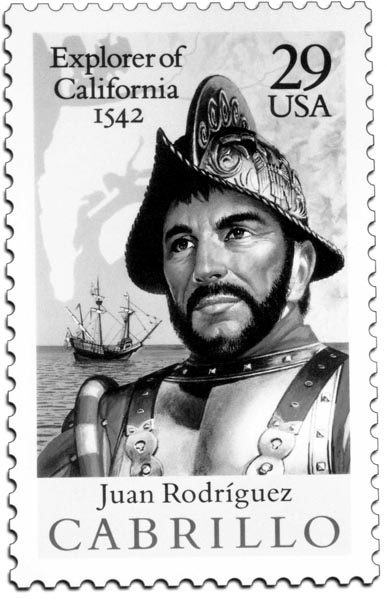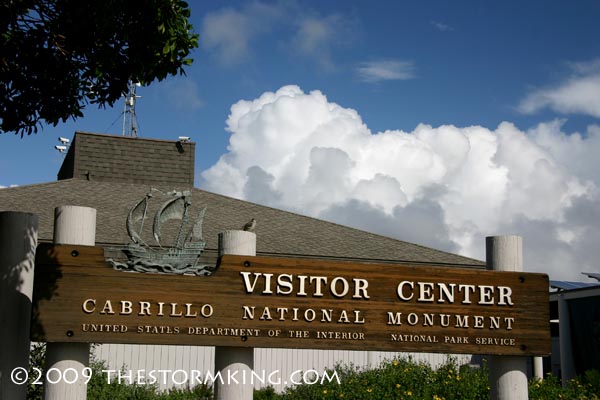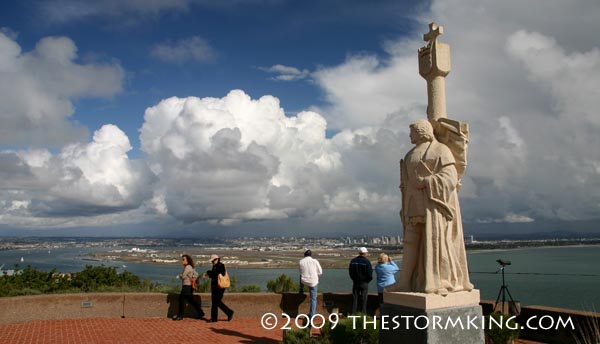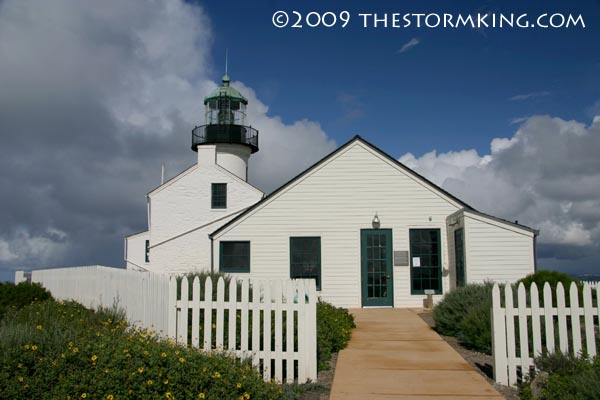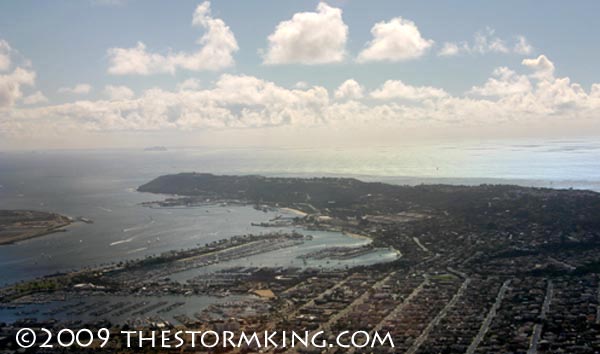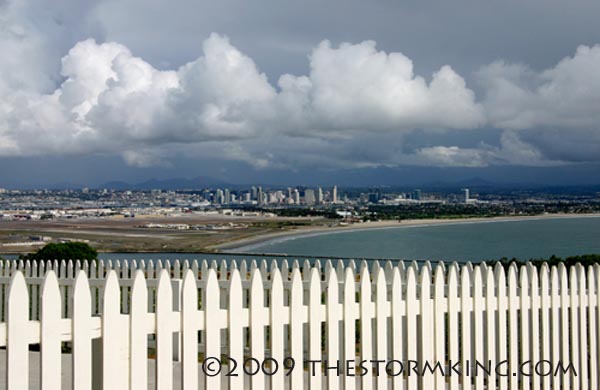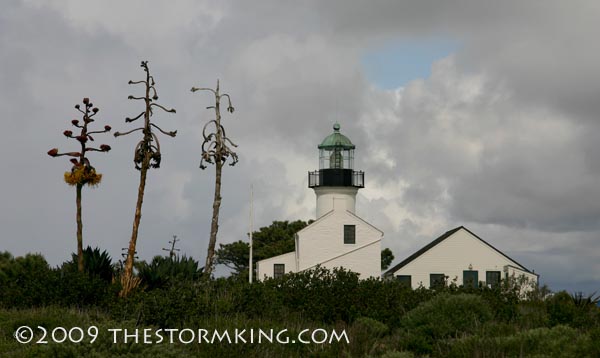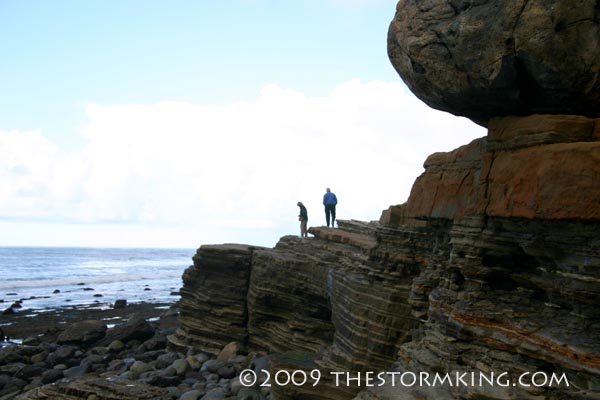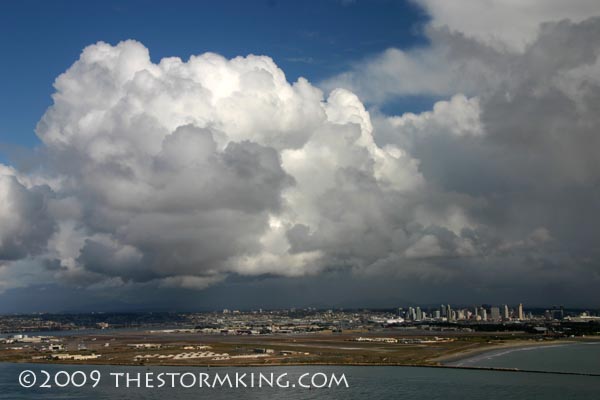 |
|
|
Follow Mark on Facebook for more stories |
||
 |
|||||
|
Tahoe Nugget #171 Juan Cabrillo: A Caped Crusader Two months ago, during the President's Day weekend, I had the opportunity to visit my cousin Audrey who lives near San Diego. I'm not a big fan of Southern California, but on this trip we visited Cabrillo National Monument on Point Loma. Point Loma juts out into the ocean off the coast near San Diego and offers fascinating history, tide pool discoveries and spectacular views of the city. The monument is named after Juan Rodriquez Cabrillo, a soldier-navigator- explorer who led the first European expedition to the shores of what is now the state of California. Who was this intrepid caped crusader? Cabrillo was born about 1500 in either Spain or Portugal, no one knows for sure. He spent his youth in Cuba affiliated with the Spanish army that was there to pacify the country. He grew up to serve as a squadron commander and shipbuilder during Hernan Cortez' conquest of Mexico and the Aztec Empire beginning in 1519. Cabrillo later became a conquistador himself and is considered one of the founders of Guatemala, where through the allocation of land and the use of Indian slave labor to mine gold he became one of the region's richest men. In June 1542 Cabrillo led an expedition up the coast of New Spain (Baja California) to seek new opportunities for settlement and trade. It was also hoped that the expedition would sail on to discover either a new route to China, or a river or water passage connecting the Atlantic and Pacific oceans. Cabrillo's small armada of two or three ships was a money-oriented venture and he stood to profit greatly if the mission succeeded. Three months into their journey, Cabrillo's expedition sailed into a sheltered port that he named San Miguel (present-day San Diego). They were the first explorers to sail the length of Baja and also the first to make landfall in Upper California. They were also the first to record weather observations from the region. As the armada sailed north along the coast they ran into stormy weather and missed San Francisco Bay. Bad weather forced them to turn south and they took shelter in Monterey Bay, but winter storms continued to lash the expedition and by November 23 they had retreated to Santa Catalina Island located about 22 miles off the coast near present-day Los Angeles. Unlike many of the natives on the mainland of California who were mostly friendly, the indigenous people on Catalina carried on a series of running battles with Cabrillo's men. Cabrillo led a relief party to the island, but when he jumped out of the rowboat he splintered a shinbone on a rocky ledge. A surgeon treated the wound, but gangrene took his Juan Cabrillo's life on January 3, 1543. After his death the armada tried to complete the mission, but once again powerful winter storms beat them back. Battered and leaking, the ships limped back to Mexico and arrived on April 14, 1543. They had been gone nearly nine months, but had left no settlements, had found no passage linking the Atlantic and Pacific, and had discovered no new route to China. But the Cabrillo expedition had mapped a long stretch of the California coast and taken much of the mystery out of the unexplored land called New Spain. Southern California is noted for it's Mediterranean climate with mild winters and dry summers, but the nasty weather that Cabrillo's armada faced would make the San Diego Chamber of Commerce wince. Blustery winds from the northwest made for tough sailing north up the coast, but then severe storms struck in October and strong winds and heavy seas beset the expedition almost constantly from then on. On November 13 they reported seeing "great mountains covered with snow" (San Gabriel Mountains) and the crewmembers were stranded on a pair of coastal islands for nearly two months because of wind, rain and snow. Like Cabrillo, on our mid-February exploration of the national monument, we too experienced powerful weather phenomena, with towing cumulonimbus clouds, intense rain showers and heavy snow in the mountains. The wintry weather underscored the challenges that Cabrillo and his men faced 457 years ago. Tahoe Nuggets are now archived at www.thestormking.com Photo #1: In 1992 the United States Postal Service issued this stamp commemorating the 450th anniversary of Cabrillo's voyage to California.
|
|||||
|

